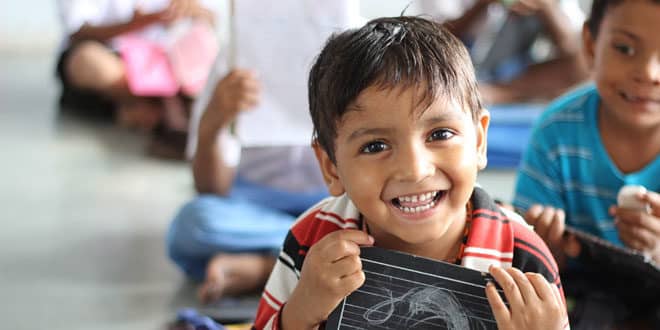The answer to this question is almost certainly ‘yes’. Any organisation that comes into contact with children directly or indirectly should have a child protection policy, including most organisations working in international development / aid, not just organisations that focus on children’s activities.
Direct contact with children includes activities where children are the main participants, such as education sessions at schools, or holiday camps. Indirect contact includes any activities where children may be present, even if they are not a direct participant. For example, children are often present during home visits and public events. They may accompany their parents to meetings or government offices.
There are a wide range of resources available to help organisations develop and implement child protection policies, including:
- 7 Online Courses on Child Protection and Children’s Rights
- Keeping children safe – Standards for child protection
- fhi360 Child Protection Toolkit
- Child Protection Policies and Procedures Toolkit: How to Create a Child-Safe Organisation
- ACFID Guidelines for the Development of a Child Protection Policy
- Save the Children – A common approach to Child Protection for international NGOs
- ChildHope: Child Protection Policies and Procedures Toolkit: How to Build a Child-Safe Organisation
For additional resources see the Unicef list of web toolkits for child protection.
Photo by akshayapatra




